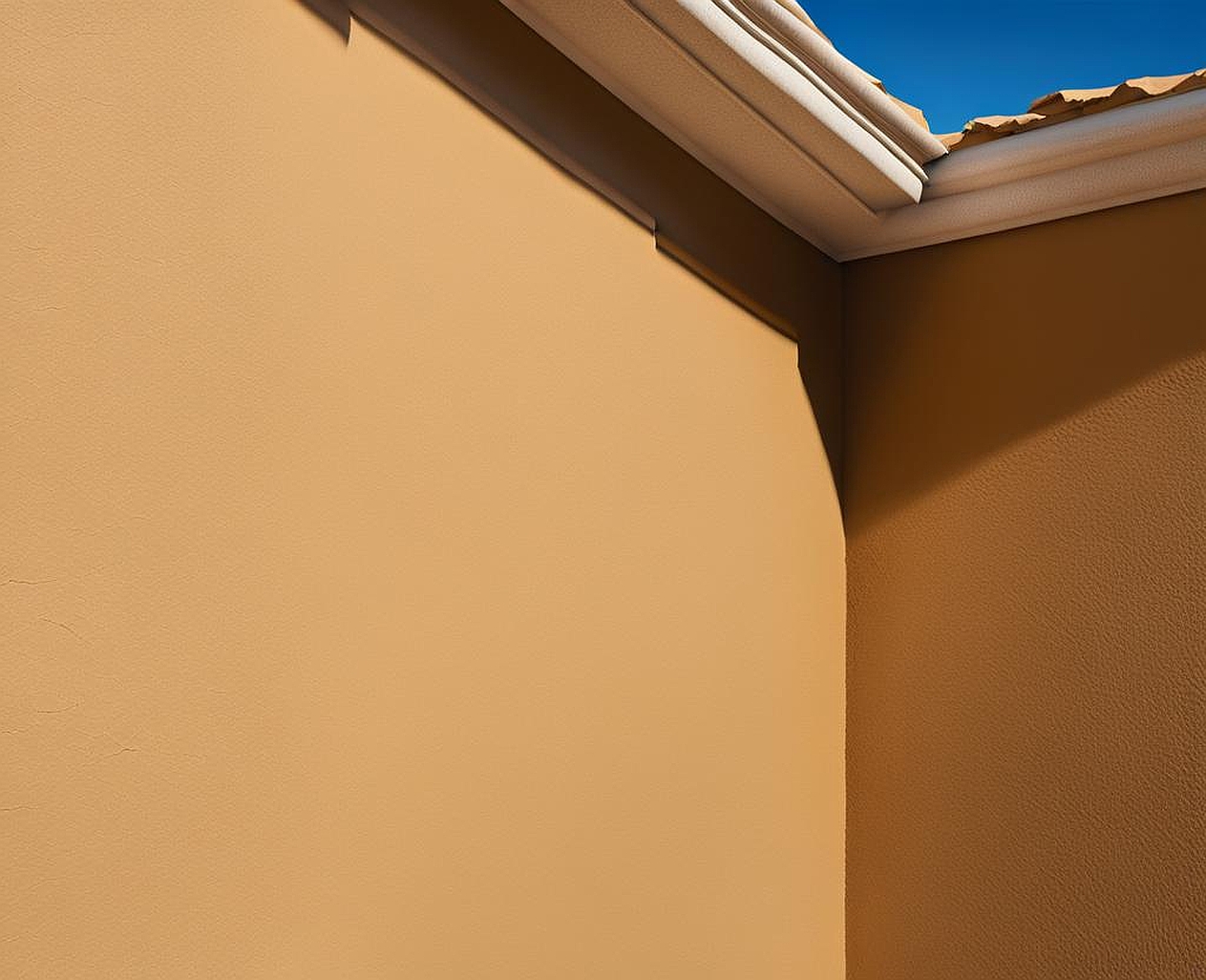Stucco offers a timeless and elegant facade for homes, but when cracks start to appear, it can raise concerns. Worry not, as we delve into the world of stucco cracks, arming you with the knowledge to discern when they’re a mere cosmetic issue or a potential structural red flag.
Stucco Cracks: Understanding the Severity
Stucco, a cement-based coating applied over wire lath or solid surfaces, is renowned for its durability and aesthetic appeal. However, like any building material, it’s susceptible to cracking over time. Cracks vary in size, pattern, and severity, each providing valuable insights into the underlying cause. Hairline cracks, for instance, are often harmless and a natural consequence of the material’s curing process. On the other hand, larger, more prominent cracks could indicate more serious issues that warrant prompt attention.
To alleviate your concerns, let’s explore the different types of stucco cracks and what they might signify. Remember, not all cracks are created equal, and a keen eye can help you differentiate between minor blemishes and potential structural problems. By understanding the severity of the cracks, you’ll be better equipped to make informed decisions about when to worry and when to simply embrace the character of your stucco facade.

Identifying Worrisome Stucco Crack Patterns
Stucco cracks can manifest in various patterns, each with its unique set of implications. Here are some common patterns to watch out for:
- Horizontal cracks: These cracks run parallel to the ground and often indicate foundation settlement or excessive building movement. If you notice horizontal cracks, it’s a good idea to have a professional inspect the property promptly.
- Vertical cracks: While vertical cracks are less concerning than horizontal ones, they can still signify issues like wall movement, poor construction, or thermal expansion and contraction. Monitoring their growth is crucial.
- Diagonal cracks: These cracks can be a sign of structural distress, such as wall racking or shear stress. They typically originate at corners or openings and should not be ignored.
- Cracking around windows and doors: Cracks forming around window and door openings could indicate excessive building movement or improper installation. Keep an eye on these areas for any further cracking or displacement.
By recognizing these patterns, you can better assess the potential severity of the issue and take appropriate action.
Causes of Stucco Cracks: When to Worry
Stucco cracks can arise from various factors, some more concerning than others. Understanding the underlying causes can help you determine when to worry and when to simply embrace the natural aging process of your stucco. Here are some common causes to be aware of:
- Foundation settlement: If the foundation of your home shifts or settles unevenly, it can cause significant stress on the stucco, leading to cracks. This is a serious issue that requires professional evaluation and potential foundation repairs.
- Structural movement: Any excessive movement or shifting of the building’s framing can transfer stress to the stucco, resulting in cracks. This could be caused by seismic activity, poor construction, or even nearby construction vibrations.
- Moisture intrusion: Water infiltration behind the stucco can lead to cracking as the moisture expands and contracts with temperature changes. This could be due to improper flashing, clogged weep holes, or other waterproofing issues.
- Thermal expansion and contraction: Stucco is a rigid material that can crack as it expands and contracts with temperature fluctuations. While some minor cracking is expected, excessive cracking could indicate improper installation or material compatibility issues.
If you suspect any of these more serious causes, it’s essential to seek professional assistance promptly to prevent further damage and potential structural issues.
Assessing Stucco Crack Damage Levels
Once you’ve identified the patterns and potential causes of your stucco cracks, it’s time to assess the level of damage. This will help you determine the appropriate course of action, whether it’s a simple cosmetic repair or a more extensive structural intervention. Here’s a general guideline for assessing stucco crack damage levels:
- Minor cracks (hairline to 1/16 inch): These cracks are typically cosmetic and can often be repaired with a coat of elastomeric paint or patching compound. They don’t necessarily indicate a structural issue, but it’s still wise to monitor them for any further progression.
- Moderate cracks (1/8 to 1/4 inch): These cracks may warrant more attention, as they could signify underlying movement or moisture issues. While not necessarily structural, they should be addressed promptly to prevent further deterioration.
- Major cracks (1/4 inch or wider): Cracks of this magnitude are a significant concern and could indicate serious structural problems. In these cases, it’s crucial to seek professional evaluation and repair services to ensure the integrity of your home.
Remember, assessing the damage level is not an exact science, and it’s always better to err on the side of caution when it comes to potential structural issues.
Stucco Crack Repair: Prioritizing Urgency
Once you’ve identified and assessed the severity of your stucco cracks, it’s time to consider repair options. The urgency and extent of the repairs will depend on the underlying cause and the level of damage. Here are some general guidelines:
- Minor cracks: These can often be repaired with a simple patching compound or elastomeric coating. While not a permanent solution, it can help extend the life of your stucco and improve its appearance.
- Moderate cracks: Depending on the cause, these may require more extensive patching, sealant application, or even partial stucco removal and replacement. It’s essential to address any underlying moisture or movement issues before attempting repairs.
- Major cracks: In cases of severe cracking or structural concerns, it’s best to seek professional assistance. Structural repairs, such as foundation stabilization or framing reinforcement, may be necessary before addressing the stucco itself.
Prioritizing urgent repairs is crucial to prevent further damage and potential safety hazards. Don’t hesitate to seek professional advice if you’re unsure about the best course of action.